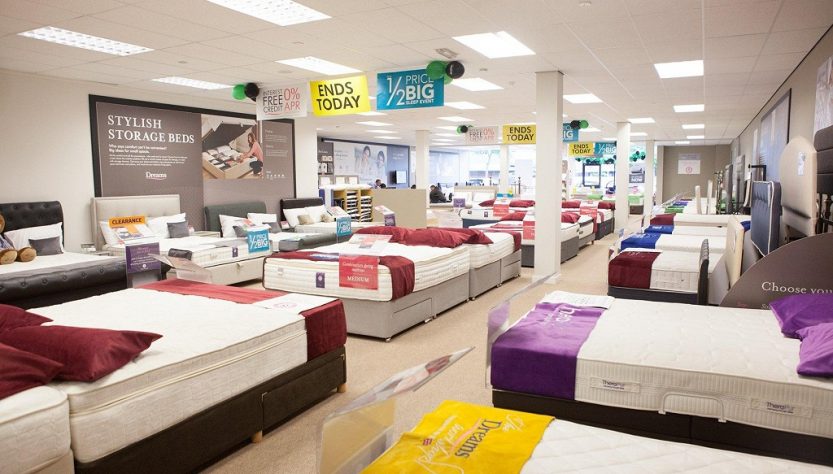A mattress store near me may focus on selecting the right mattress for a good night’s sleep, but the bedroom’s color palette is also crucial. Bedroom color psychology is fascinating, exploring how colors affect mood and sleep. Our sleeping environment’s colors can greatly affect our relaxation and slumber.

Blue is generally recommended as the greatest bedroom color for sleep. Studies have found that blue hues lower blood pressure and pulse rate, promoting sleep. Blue is advised for bedrooms to relax the nervous system.
At the other end is red. Red, which stimulates, is not suitable for a bedroom meant to relax. Though bright and passionate, it’s not the best choice for a tranquil resting atmosphere.
Nature-inspired green is another great bedroom color. It brings balance and harmony to a relaxing environment. Green is utilized in bedrooms to create a relaxing atmosphere. It brings nature indoors, creating a calming connection.
Yellow is joyful yet hard in a bedroom. Soft, mellow yellows can be cheerful without being overpowering. Brighter tones may be overly stimulating and interrupt sleep, especially in children’s bedrooms.
Classic neutrals like white, beige, and gray are also options. These tones are adaptable and give a clean, open feeling. Their serene atmosphere helps relax the psyche. These hues must be balanced with warm touches to avoid a sterile or impersonal space.
The psychology of bedroom colors goes beyond walls. It contains bedding, curtain, and artwork colors. A relaxing, harmonious color palette that matches your tastes is essential for good sleep.
In conclusion, bedroom colors affect sleep and mood. Personal preferences are crucial, but understanding the psychological impacts of different colors can help us design a relaxing and beautiful bedroom. In your next bedroom renovation, remember that the proper color palette is as crucial as the right mattress for a good night’s sleep.

